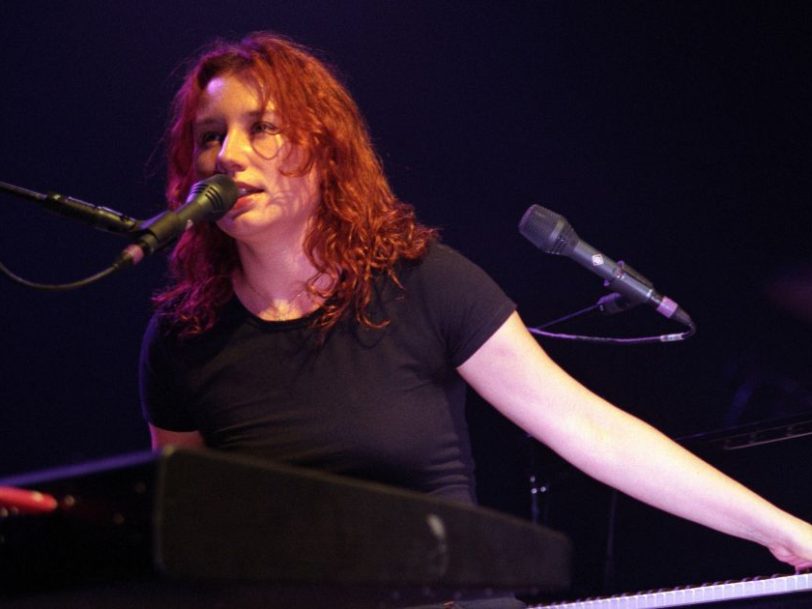Tori Amos is someone who sees songwriting almost as a physical presence. “For a long time, I didn’t appreciate that for certain songs to show themselves to me, they have to trust that I am ready to carry them,” she wrote her 2020 book, Resistance. She has spoken of her songs as like “filaments of light” which, as she composes them, come alive, creating structures of colour and brightness. The song Winter, from Tori Amos’s debut album, Little Earthquakes, is as luminescent as the snow itself: its story can help us appreciate the singular approach of Amos.
Listen to the best of Tori Amos here.
Finding her voice: “I needed to battle for what I believed in”
Tori Amos found that her early-90s subject matter, initially, wasn’t an easy sell. “They were looking for certain types of songs,” she said in 2014. “You didn’t get a publisher saying, ‘Tori, write me something harrowing and uncomfortable.’” But she was a woman in the second half of her 20s, no longer naïve; and was already a veteran of the mainstream game.
Amos had been the singer-songwriter with the big-hair pop band Y Kant Tori Read. Their sole, self-titled 1988 album flopped, and badly. She decided to trust her instincts instead – a stance that has made her one of the most influential female musicians of all time. “After Y Kant Tori Read, I realised that I have to look myself in the mirror every morning,” she said in 2001. “I decided that I needed to battle for what I believed in. If I needed to have a battle with the president of Warner Brothers, then so be it. I was prepared to do that.”
By 1991, Amos had 13 new, piano-driven songs, including Winter. She recorded these with producer Davitt Sigerson – but her record company rejected them (presumably thinking them too “harrowing and uncomfortable”). One of their suggestions was to replace the piano parts with electric guitar. Disheartened, but determined to fight for her vision, Amos worked on the songs further, dropped some from the original tracklisting (Winter was retained), added in others, and re-presented them to the label. The execs finally heard her. “There were suits who began to sit back and watch people react to these songs, and think, Hold on a minute…” she has said. The album that became Little Earthquakes had left the starting blocks.




